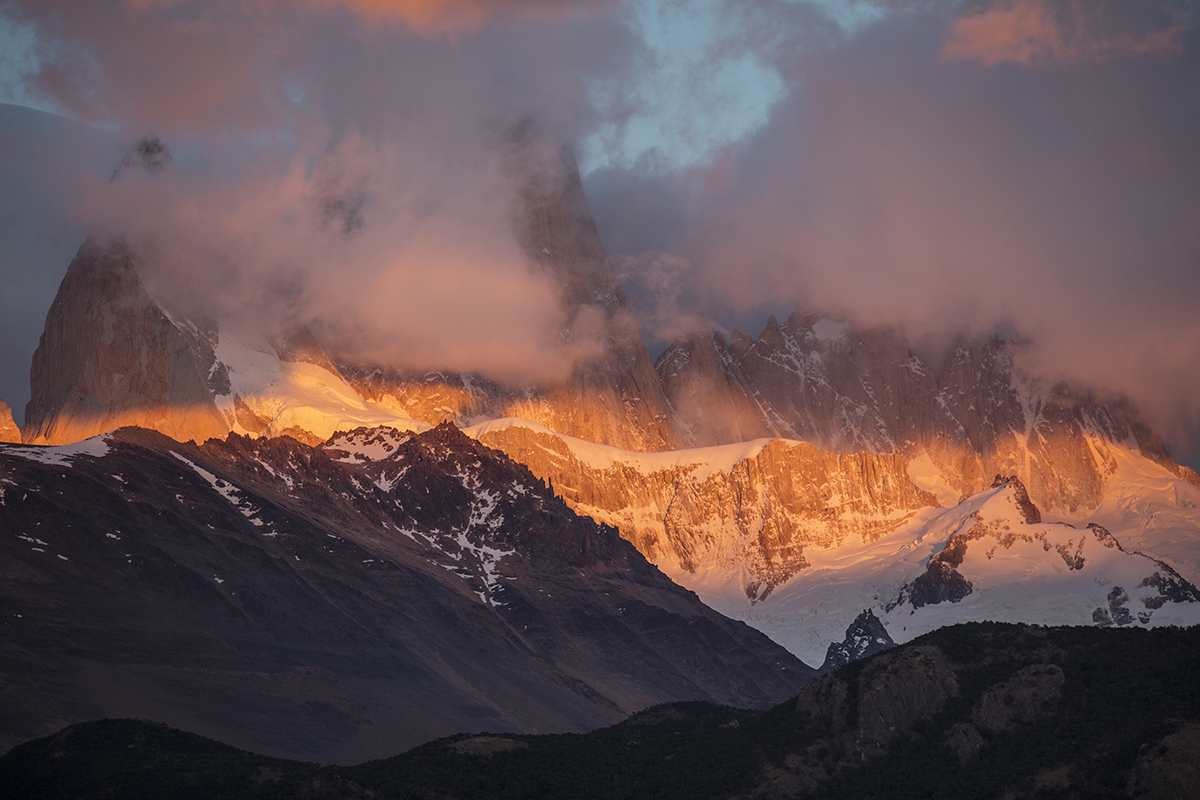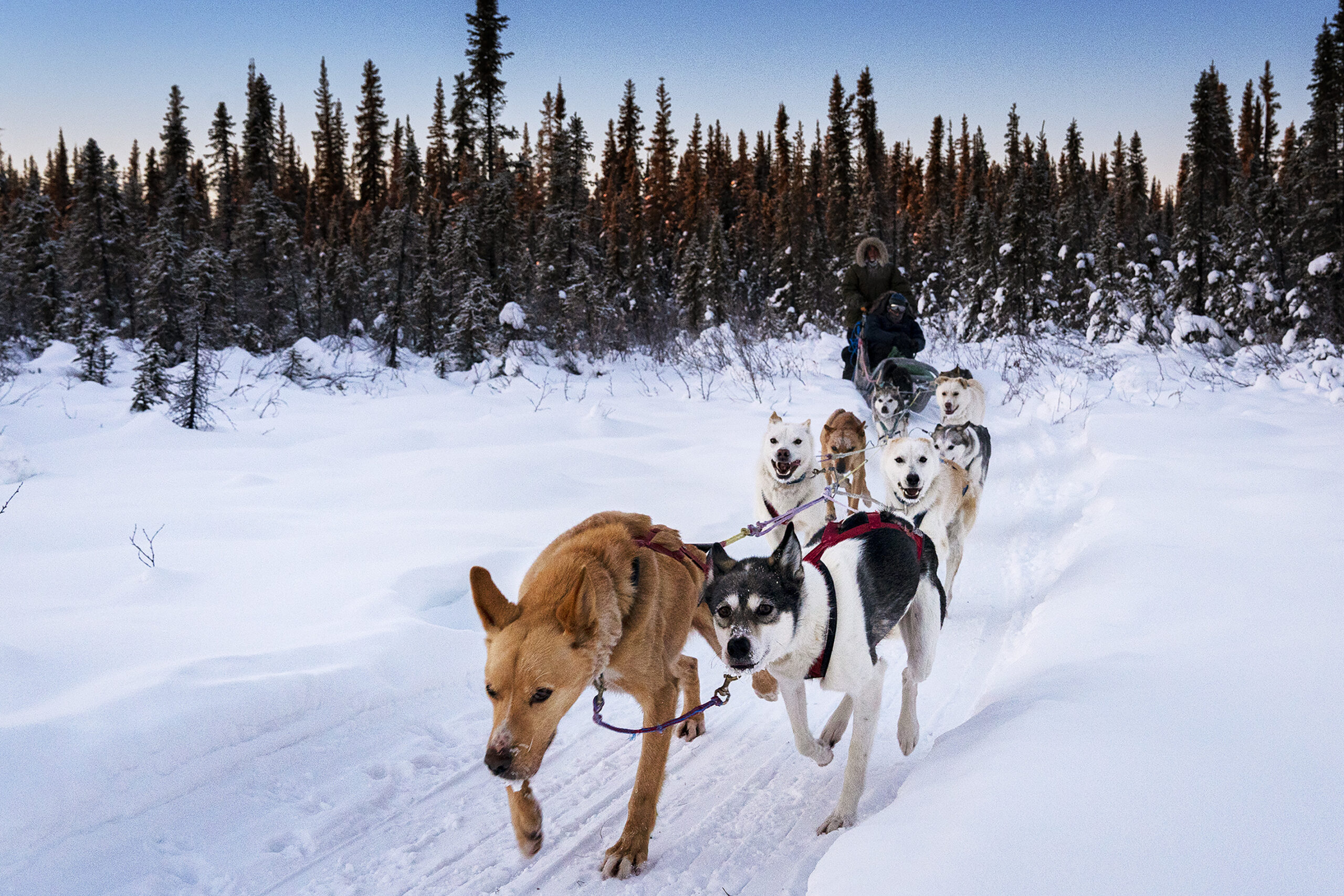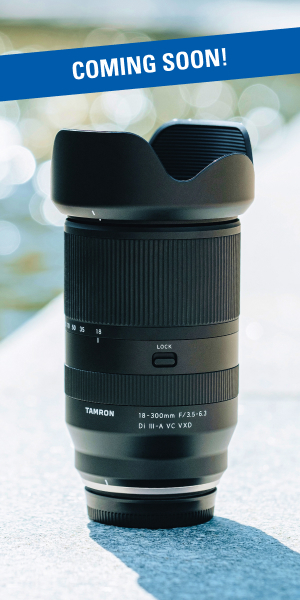El mantenimiento del equipo fotográfico de invierno es esencial cuando se fotografía en condiciones frías y duras. Si bien los paisajes nevados y las escenas heladas ofrecen impresionantes oportunidades visuales, también presentan serios desafíos para su equipo. Sin un mantenimiento adecuado de la cámara en climas fríos, el equipo puede sufrir daños por humedad, fallos de la batería y una reducción del rendimiento del objetivo. Tanto si eres un fotógrafo de paisajes como un creador de contenidos, preparar tu cámara y objetivos para el invierno garantiza tanto unos resultados impresionantes como la longevidad de tu equipo.
Lo que aprenderá en este artículo
- Cómo afectan las bajas temperaturas al rendimiento de la cámara y a la duración de la batería
- Mejores objetivos Tamron para fotografiar en invierno y distancias focales óptimas
- Consejos para proteger su equipo de la humedad, la nieve y la condensación
- El papel de los accesorios, como los parasoles y las cubiertas impermeables
- Cómo limpiar y guardar los objetivos de forma segura durante la fotografía invernal
Equipo fotográfico esencial para el invierno

Planificar con antelación es clave para el mantenimiento de la cámara en climas fríos. La mayoría de las cámaras funcionan bien por debajo de los 32°F, pero a medida que las temperaturas descienden hacia los 14°F o menos, el rendimiento puede empezar a disminuir. Por eso es fundamental elegir equipos fiables y probados en invierno.
- Objetivos DSLR recomendados: 24-70 mm F/2,8 Di VC USD G2, 70-200 mm F/2,8 Di VC USD G2
- Objetivos sin espejo recomendados: 17-28 mm F/2,8 Di III RXD, 28-75 mm F/2,8 Di III VXD G2, 70-180 mm F/2,8 Di III VC VXD G2
Estos objetivos ofrecen rangos focales versátiles, ideales para componer atractivas escenas invernales y afrontar condiciones de luz difíciles.
Batería y alimentación en climas fríos

Uno de los problemas más comunes del equipo fotográfico para climas fríos es el rendimiento de la batería. A bajas temperaturas, la vida de la batería puede agotarse rápidamente, incluso si la batería está completamente cargada.
- Lleva 2-3 pilas de repuesto
- Guarda los recambios en un bolsillo interior para mantenerlos calientes
- Rota las pilas durante el rodaje para mantener la energía
Esta sencilla estrategia de alimentación es crucial para disparar sin interrupciones en entornos nevados.
Proteger el equipo fotográfico de la humedad y la nieve
La nieve, el aguanieve y la condensación pueden dañar los componentes sensibles de la cámara. La protección del equipo de invierno debe incluir accesorios impermeables que protejan el equipo sin comprometer su uso.
- Utiliza una funda impermeable para tu bolsa para cámara
- Envuelve los accesorios delicados en bolsas de plástico con cremallera
- Secar bien el equipo una vez en el interior
Incluso si su equipo no se siente húmedo, las partículas de hielo pueden derretirse y filtrarse en los componentes internos, provocando daños a largo plazo.
Consejos de mantenimiento de las lentes para condiciones frías

El mantenimiento de los objetivos fotográficos cobra especial importancia en invierno. Los parasoles son una inversión pequeña pero vital, ya que ayudan a reducir los reflejos de la nieve y protegen el elemento frontal de la humedad y la suciedad. Todos los objetivos Tamron vienen equipados con parasoles-y muchos también incorporan un revestimiento de flúor en el elemento frontal para facilitar la limpieza en condiciones de humedad o nieve.
- Utiliza siempre parasoles en exteriores
- Tenga a mano paños de microfibra para una limpieza suave
- Guarde las lentes en estuches acolchados y resistentes a la intemperie
Estas pequeñas prácticas pueden aumentar en gran medida la vida útil de su equipo en climas fríos.
Reflexiones finales: Prepare y proteja su equipo para los rodajes de invierno
La fotografía en climas fríos es gratificante, pero sólo si dedica el tiempo necesario al mantenimiento adecuado del equipo fotográfico de invierno. Desde el cuidado de las baterías y la impermeabilización hasta el uso de objetivos Tamron de alto rendimiento, cada paso garantiza que tu equipo se mantenga en plena forma y que vuelvas a casa con imágenes increíbles.
Infórmese sobre estas lentes y otras en su distribuidor autorizado Tamron o visite la página Tienda TAMRON hoy.

